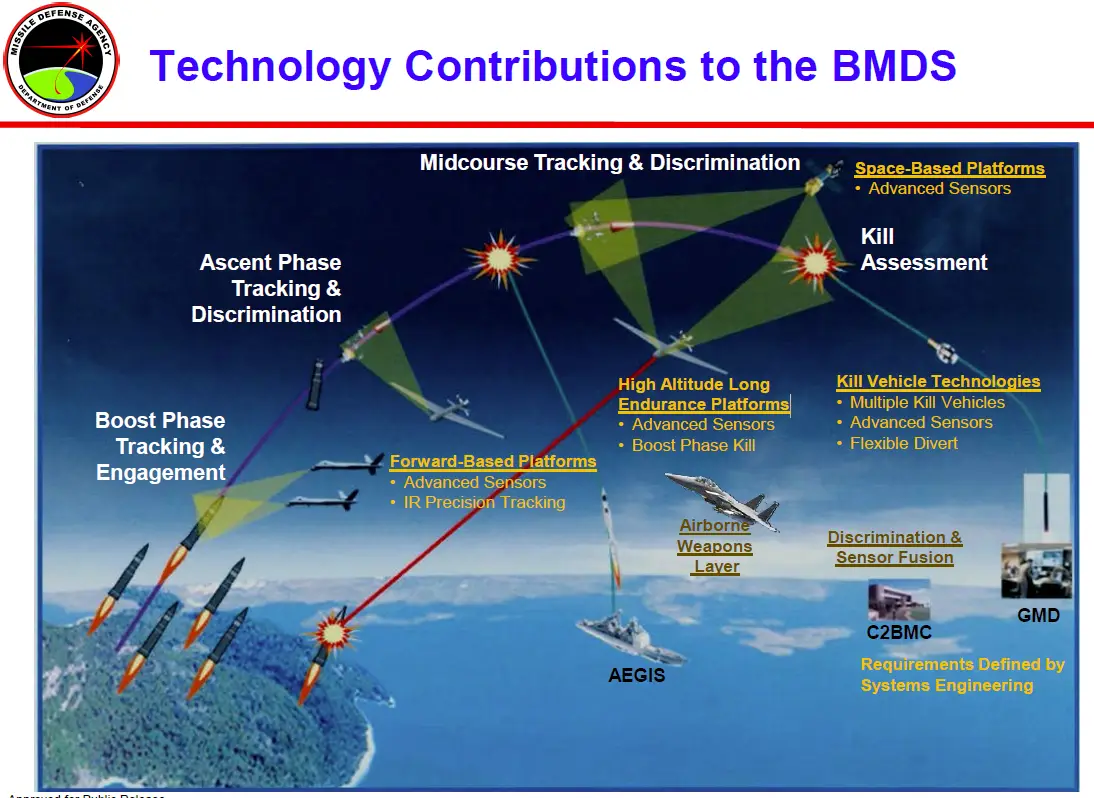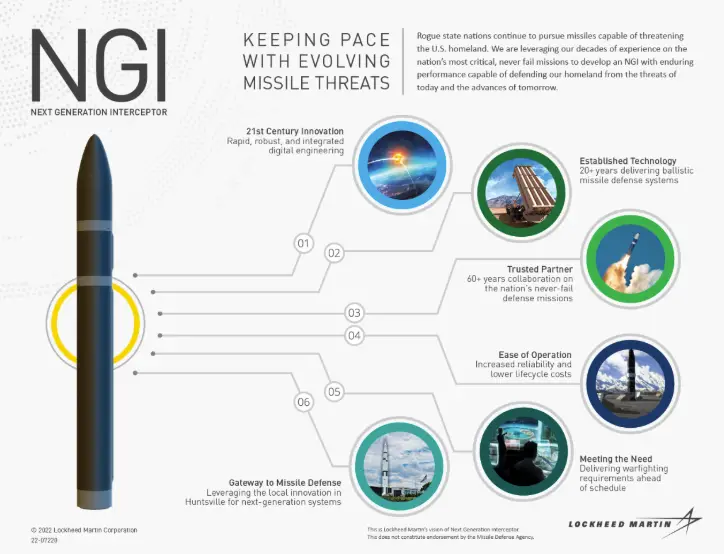The White House’s Focus on Next-Generation Missile Defense
On January 27, 2025, the White House issued a landmark executive order designed to bolster national security against advanced missile threats. With a renewed emphasis on deploying a comprehensive next-generation missile defense system, this directive underscores the growing complexities posed by peer, near-peer, and rogue adversaries.
This executive order recognizes the evolving threat landscape, including ballistic, hypersonic, and cruise missiles, as well as advanced aerial attacks. It builds on past initiatives, such as President Ronald Reagan’s Strategic Defense Initiative, while acknowledging the gaps left by the cancellation of that program. By deploying advanced missile defense capabilities, the administration aims to fulfill the critical goal of ensuring peace through strength.
Key Highlights of the Executive Order
The directive lays out a robust framework to defend U.S. citizens and critical infrastructure, with the following priorities:
-
Deployment of a Next-Generation Missile Defense Shield
The United States will develop and maintain systems capable of intercepting a wide range of threats, including ballistic, hypersonic, and advanced cruise missiles. -
Acceleration of Hypersonic and Ballistic Tracking
The plan includes deploying a space sensor layer to detect and track hypersonic threats in real time. -
Boost-Phase and Non-Kinetic Capabilities
Cutting-edge technologies, such as space-based interceptors and non-kinetic defenses, will enable the military to neutralize threats before they reach their targets. -
Strengthening Supply Chains
Emphasis is placed on securing the supply chain with next-generation security features to ensure resilience against potential disruptions. -
Allied Cooperation
The United States will enhance missile defense collaboration with allies to protect forward-deployed U.S. forces and allied territories, troops, and populations.

Comparison to the 2024 DoD Strategic Plan
This executive order represents a significant departure from the 2024 Department of Defense (DoD) Strategic Plan. While the 2024 plan emphasized a broader focus on multi-domain operations—addressing global threats such as cybersecurity, artificial intelligence, and space capabilities—this new directive expands the scope to missile defense as a cornerstone of homeland security.
Key Differences:
-
Scope of Focus
The 2024 plan prioritized global readiness, with efforts spread across various domains to counter threats from adversaries like China and Russia. The 2025 directive, however, concentrates on missile defense as the primary means to deter and defend against catastrophic aerial attacks. -
Technological Prioritization
In 2024, the emphasis was on emerging technologies, including AI and quantum computing, to maintain a competitive edge across domains. The new order adds specific missile defense systems, accelerating the development of space-based interceptors and hypersonic tracking capabilities. -
Strategic Partnerships
The 2024 plan highlighted the importance of strengthening alliances in areas like cyber and maritime security. While the 2025 directive maintains a focus on allied cooperation, it is specifically tied to missile defense technology and operations.

Looking Ahead: Balancing Priorities
This executive order underscores the administration’s commitment to advancing the principle of peace through strength by addressing urgent and catastrophic threats, while acknowledging the rapid advancements in missile technologies by adversaries.
It highlights the importance of innovation, resilience, and collaboration, creating significant opportunities for vendors to contribute to a more secure future. As the DoD implements its plans, businesses have the chance to develop cutting-edge systems, strengthen partnerships with allies, and drive economic growth. Cybersecurity firms can play a pivotal role by securing the defense supply chain and ensuring compliance, while U.S. companies and allies, such as Japan and NATO members, can collaborate on interoperable systems to reinforce global defense networks.
Visit pacificsqr.com to learn more about how we can help you lead in the new era of innovation.
